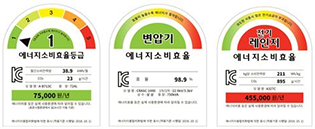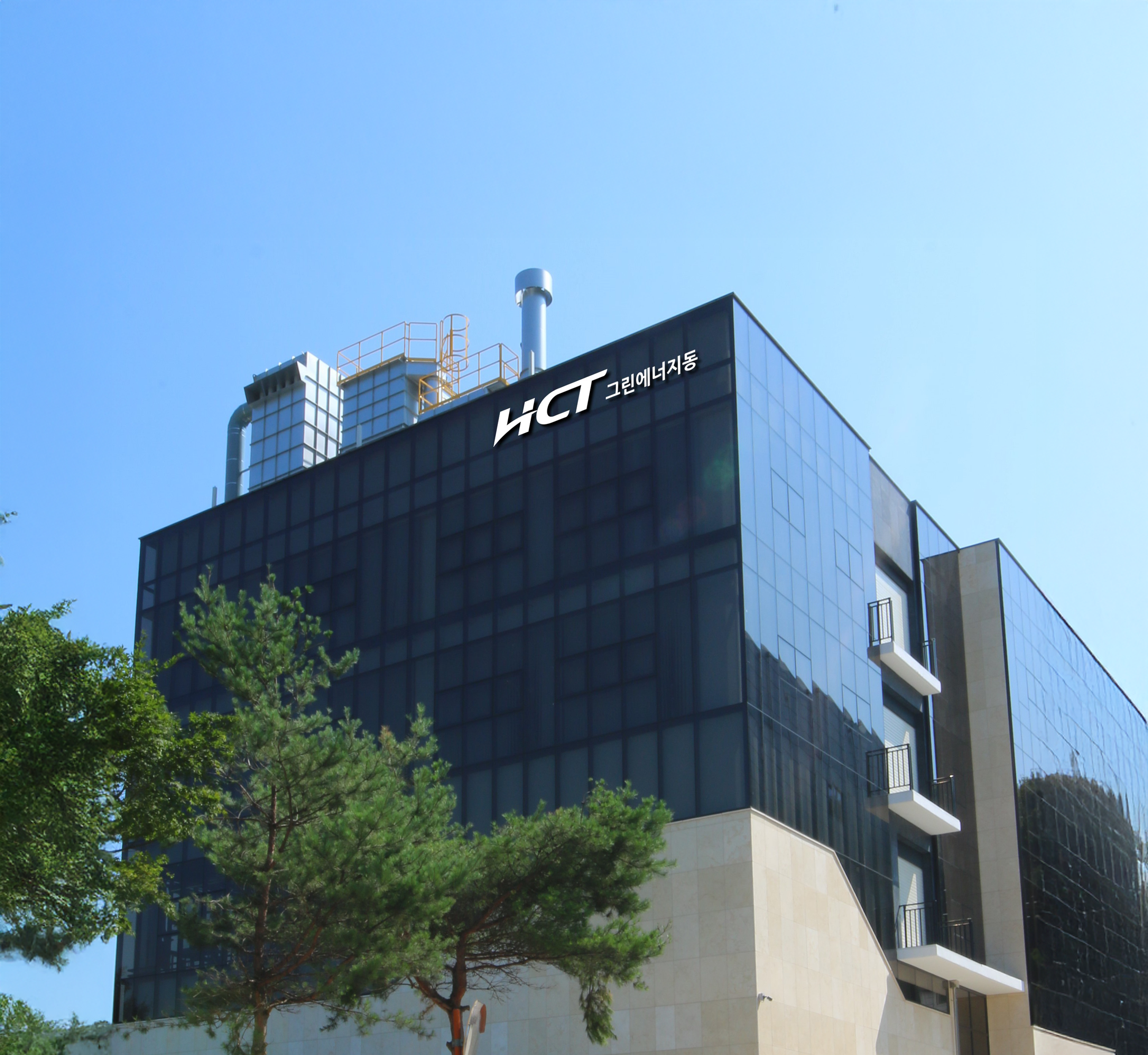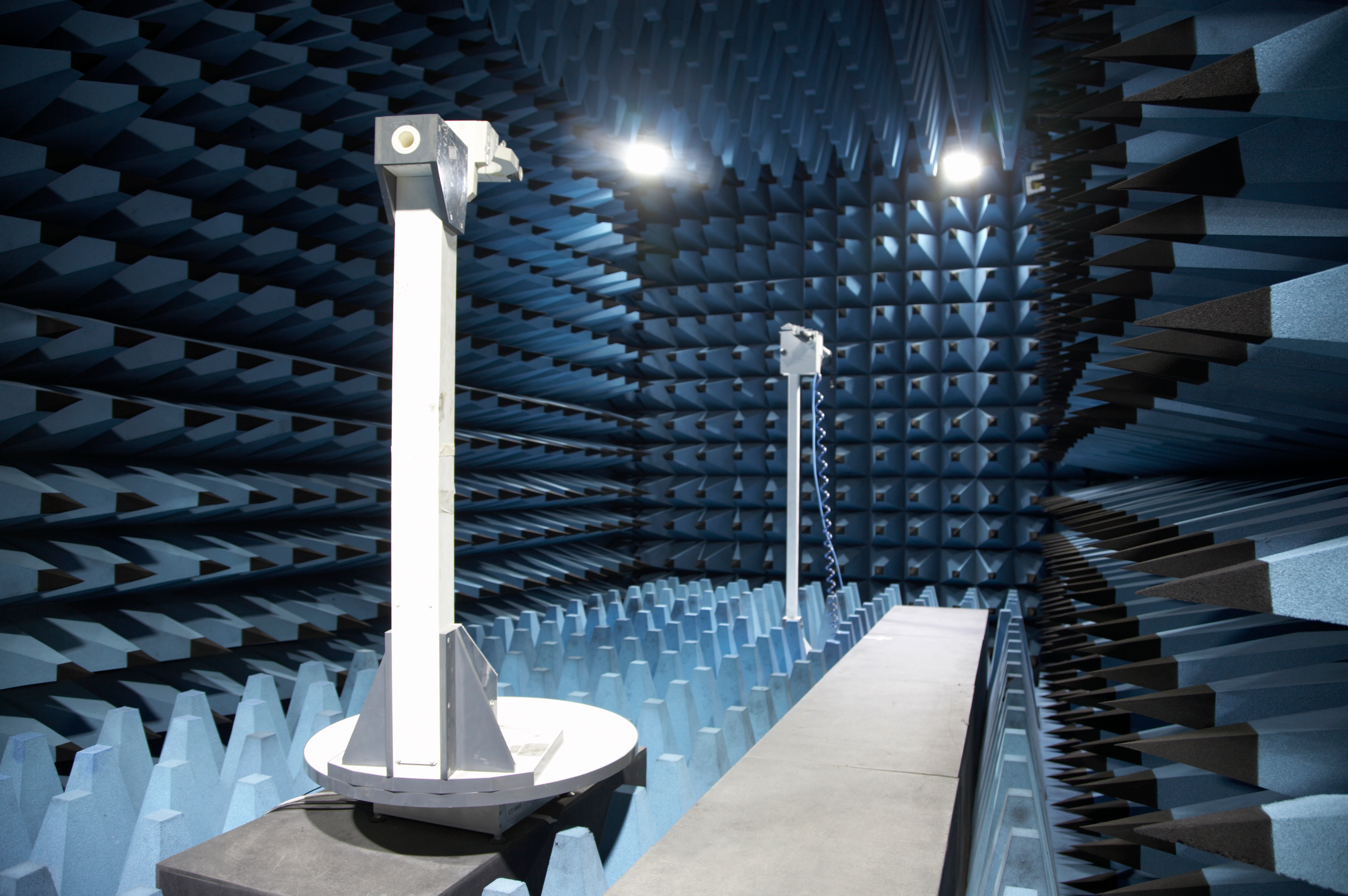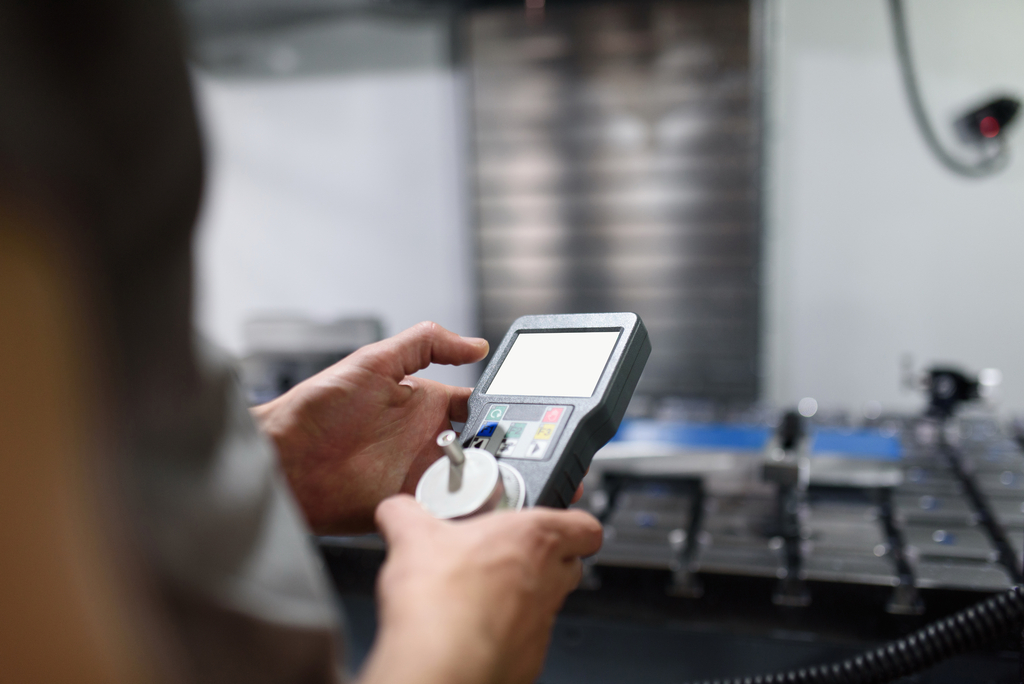Domestic certification
Energy efficiency
It represents the ratio of energy consumed to achieve a specific task or result using energy.
This aims to minimize energy waste.
Regulatory authorities in major countries around the world are operating certification systems by establishing minimum energy efficiency standards/regulations for energy-using products and devices.
Accordingly, HCT supports product testing and certification services according to the standards of each country.

Main Programs
Standby power
The Standby Power Reduction Program is a mandatory reporting system designed to expand the distribution of standby power-saving products and promote the development of related technologies.
Efficiency rating
The Energy Efficiency Rating Labeling System is a mandatory reporting system designed to enable consumers to easily purchase highly efficient, energy-saving products and to encourage manufacturers (and importers) to produce and sell energy-saving products from the production (import) stage.
This system divides energy consumption efficiency or energy usage into five grades, with energy efficiency ratings ranging from 1 to 5, and applies the Minimum Energy Performance Standard (MEPS), which serves as the lower limit for energy consumption efficiency.
High-efficiency certification system
The High-Efficiency Energy Equipment Certification System is a voluntary system that certifies energy-using equipment as high-efficiency energy equipment if its energy efficiency and quality testing results meet government-announced standards.
This certification system aims to promote the spread of high-efficiency products and foster early market development. Upon voluntary application by manufacturers or importers, the Korea Energy Agency issues high-efficiency energy equipment certifications.




